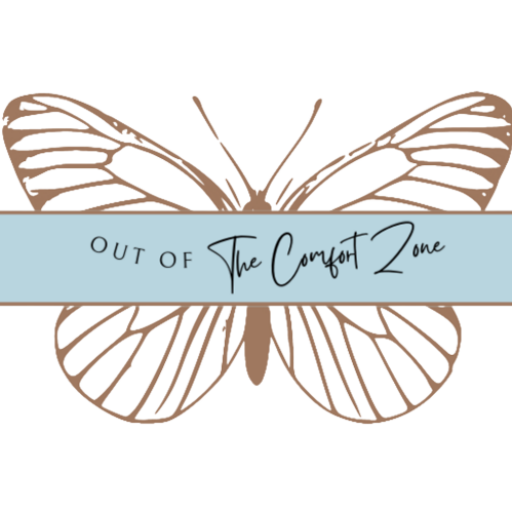First time backpacking: Complete beginner’s guide
first time backpacking guide
Note: This post contains affiliate links, which means I may earn a small commission if you make a purchase through them—at no extra cost to you. Now, grab a drink, and let’s chat.
First Time Backpacking Guide
Hey there, I’m Mikki—a solo Aussie traveller who once believed packing three pairs of shoes was a great idea (spoiler: it wasn’t). If you’re reading this, you’re probably gearing up for your first backpacking trip and wondering how to not look like a stunned kangaroo in Italy. Take a breath—by the end of this guide you’ll feel more confident than a fish in water.
Why Backpack?
Freedom and Flexibility
Backpacking is like having choose-your-own-adventure superpowers. One day you’re sipping espresso in Rome, the next you’re chasing sunrise in Croatia. You can switch plans on a whim, linger in a place you love, or bail on somewhere that… well, isn’t your vibe.
Wallet-Friendly Travel
Hostels, street food and local buses trump five-star hotels and taxis when you’re pinching pennies. I’ve stayed in dorm rooms booked via Hostelworld for under $20 a night. You’d be amazed how far a bargain dorm plus a strong coffee can take you.
Personal Growth
Sure, you might get hopelessly lost at some point (happens every time), but each wrong turn becomes a tale you’ll laugh about later. Backpacking fast-tracks resilience, confidence and a seriously good stash of embarrassing stories.
Gear & Packing
Picking Your Pack
Your backpack is your BFF on the road. Aim for 40–60 litres depending on trip length. Try on a few in-store or peek at reviews on Amazon AU—look for comfortable straps, decent back support and water resistance. Pro tip: if you think it’s too small, it’s probably perfect (you don’t need five pairs of jeans).
The Essentials
- Light layers: A couple of quick-dry tees, a warm jumper, and something waterproof.
- Travel towel and basic toiletries.
- Quality sleep sheet (hostel linens get… interesting).
- Padlock and a money belt (safety first).
- Universal adapter and portable charger.
Keep It Light
Aim to carry no more than 10–15kg fully loaded. Lay everything out on the floor and cull until you only have “I really need this” items. Your back (and new friends) will thank you.
Planning Your Route & Booking
To-Plan-or-Not-to-Plan
Some backpackers fly by the seat of their pants; others want an hour-by-hour schedule. I fall somewhere in between—a rough outline with must-see spots, leaving space for unexpected detours (hello, random seaside villages).
Transport Bookings
For trains, buses and ferries across Europe and Asia, check out 12Go or Omio. They compare schedules and prices so you don’t end up on an overnight bus with zero legroom and questionable hygiene.
Accommodation Hacks
Hostels are where the backpacker magic happens. Use Hostelworld for bed-by-bed bookings. Want a private room? Booking.com often has great deals for budget hotels and guesthouses too: Booking.com.
Insurance & Safety
Why You Need Travel Insurance
If you sneeze too hard and crack a rib or lose your phone (again), travel insurance is your best mate. I’ve used World Nomads for adventures from trekking in Nepal to scooter fiascos in Vietnam. Another solid option is SafetyWing—they cover you for medical, theft and delays.
Solo Female Safety
Trust your gut. If a hostel hallway feels off, switch rooms. Stick to well-lit streets at night and share your itinerary with a friend back home. Keep digital copies of your passport and important docs in your email or cloud.
On the Road: Surviving & Thriving
Budgeting Basics
Track daily spending in a simple spreadsheet or an app like Trail Wallet. Allocate funds for accommodation, food, activities and “just in case” (read: emergencies or irresistible souvenirs).
Making Friends
Hostel common rooms are social goldmines. Join group dinners or walking tours—try booking tours via GetYourGuide or Viator. Nothing breaks the ice like bonding over questionable local beer.
Staying Connected
Sim cards vary wildly by country. I use an eSIM from Airalo—instant mobile data so I can navigate, message and Instagram my lunch without queuing for hours at a telecom shop.
Health & Hygiene
- Water: Carry a refillable bottle with a filter or buy local jugs.
- Food: Street eats are amazing, but use your nose—if it smells off, swipe left.
- First aid: Pack bandaids, painkillers and any prescription meds.
Tech & Apps You Can’t Live Without
Navigation and Translation
Google Maps offline is a lifesaver. For translation, Google Translate (with downloaded languages) helps you charade your way to a coffee or a train ticket.
Budgeting and Planning
Trail Wallet or TravelSpend for budgets, and Evernote or Notion for storing confirmations, packing lists and random scribbles.
Tickets & Experiences
Check Tripadvisor for attraction reviews, or snag event tickets through Ticketmaster.
Final Tips & Encouragement
– Stay flexible. Plans will change. Flights get delayed. You’ll lose your socks (and possibly your mind). Roll with it; these hiccups become the best memories.
– Embrace slow travel. Spending extra days in one place saves stress and cash.
– Document your journey. Photos, a journal or voice notes for those times when you need a reminder of how far you’ve come.
Conclusion
There you have it—a friendly, no-nonsense primer for your first backpacking adventure. From picking the right pack to booking your first hostel and staying safe, these tips will steer you clear of rookie mistakes. And hey, if you snag gear on Amazon AU, book a dorm on Hostelworld or sort insurance with World Nomads, I’ll make a small commission—and feel a warm fuzzy glow knowing you’re one step closer to that first passport stamp.
So pack smart, keep an open mind, and go explore—you’ve got this. Safe travels!


